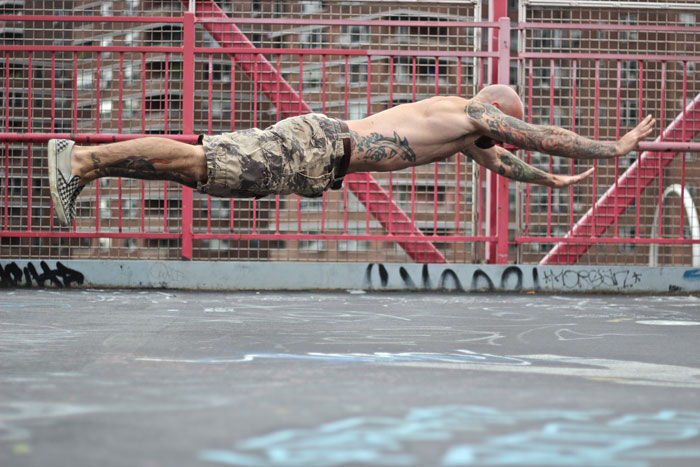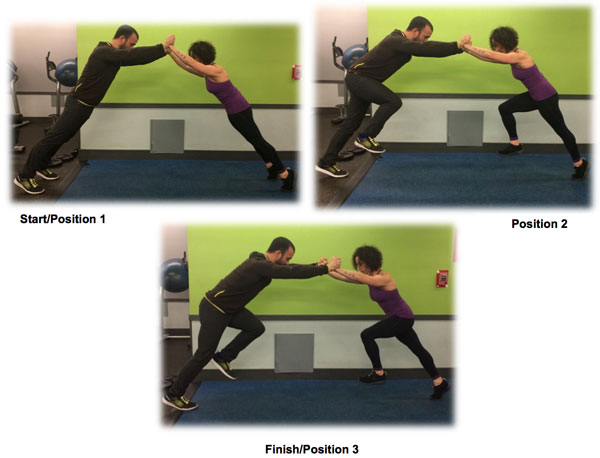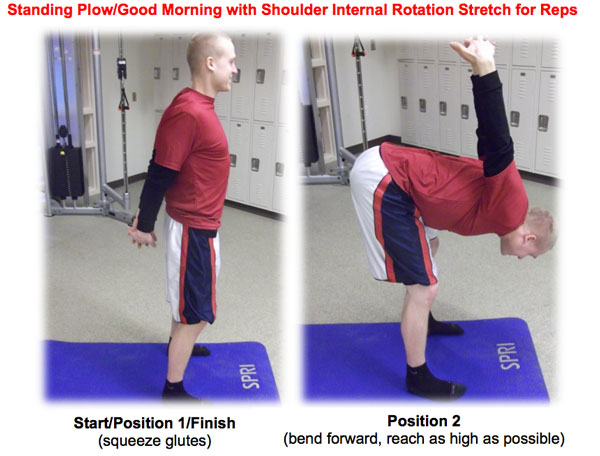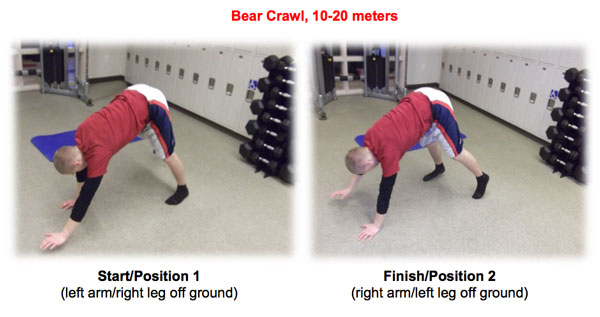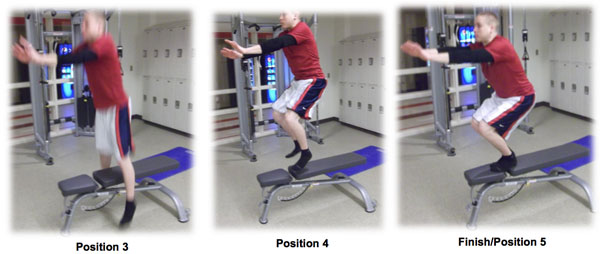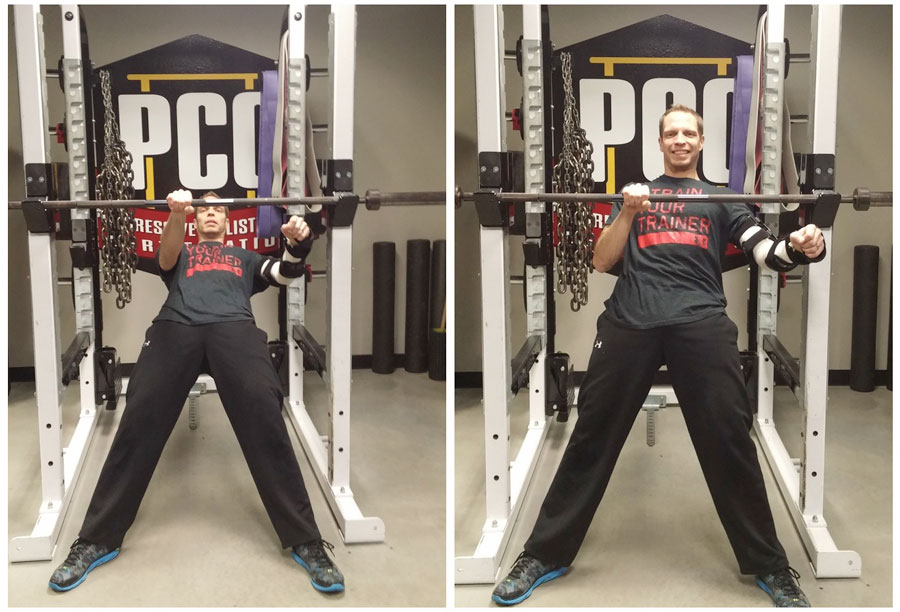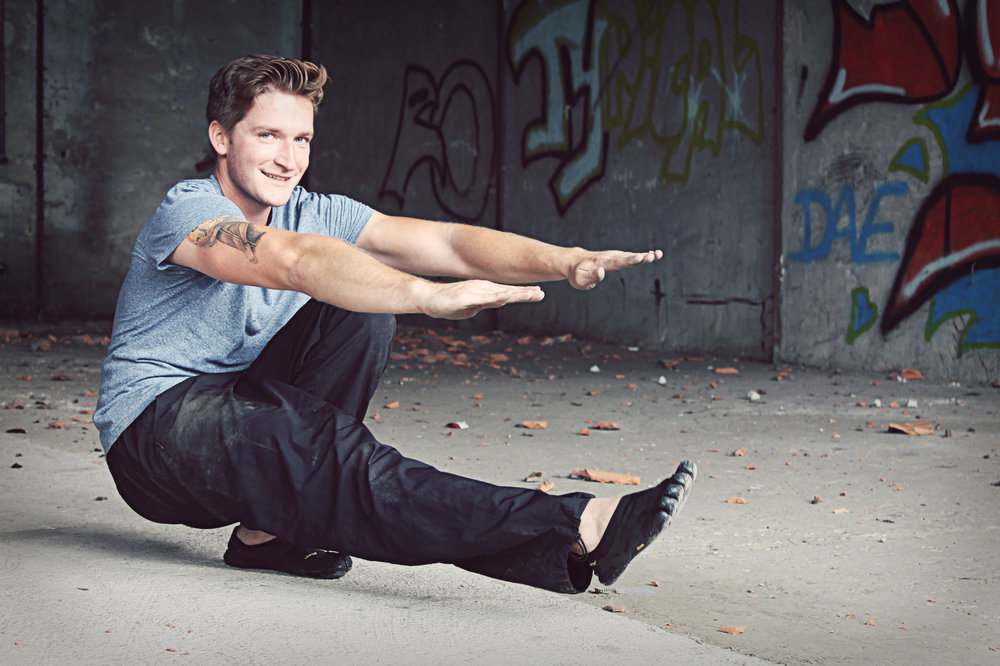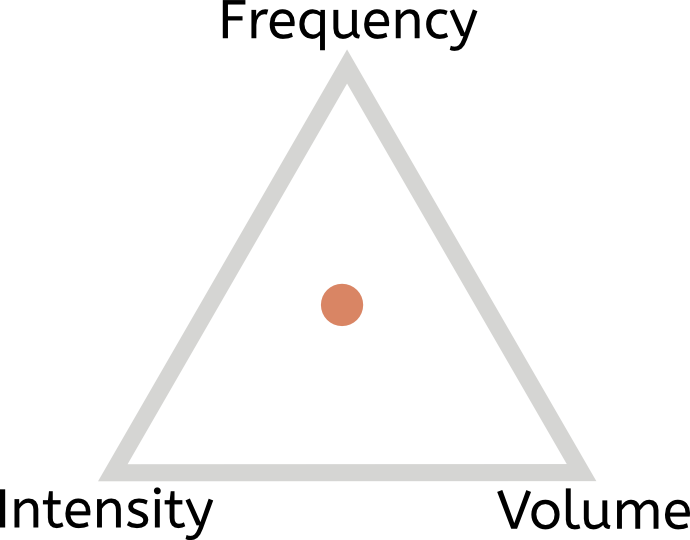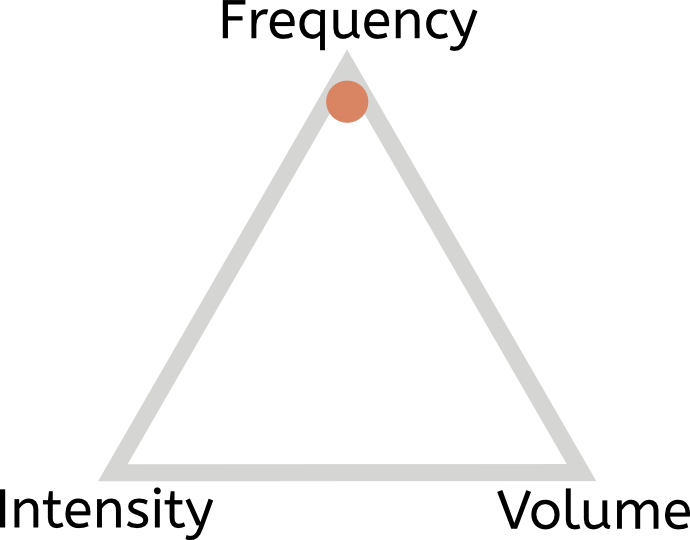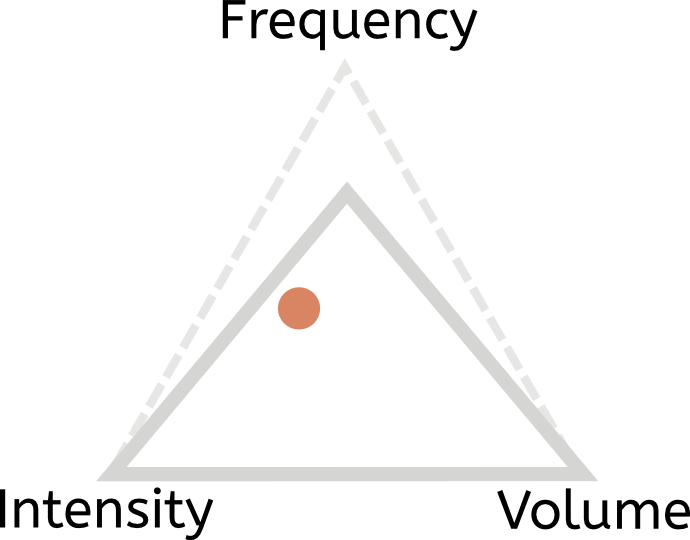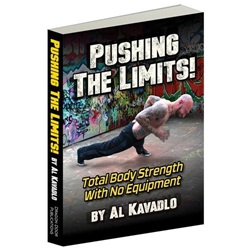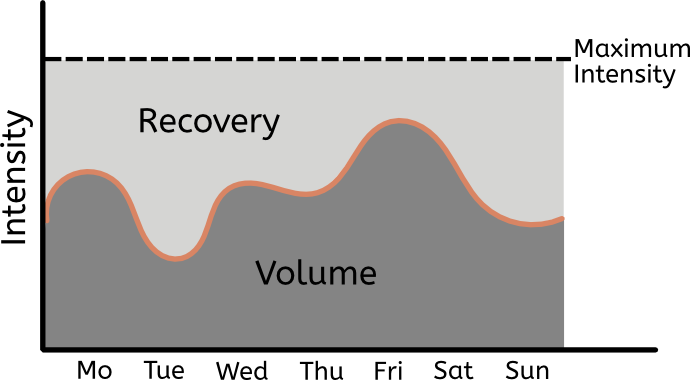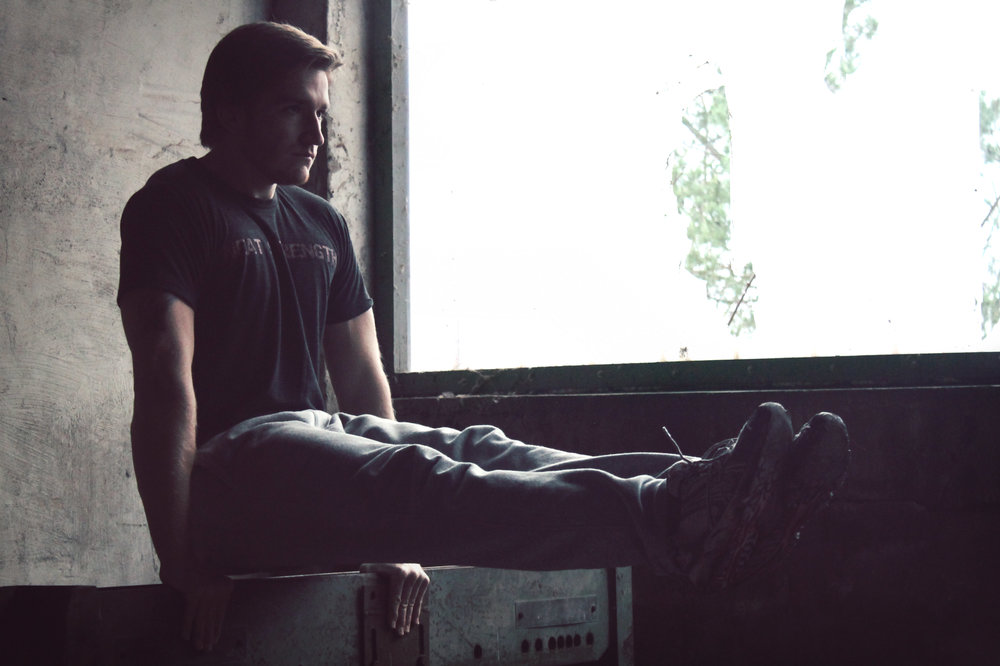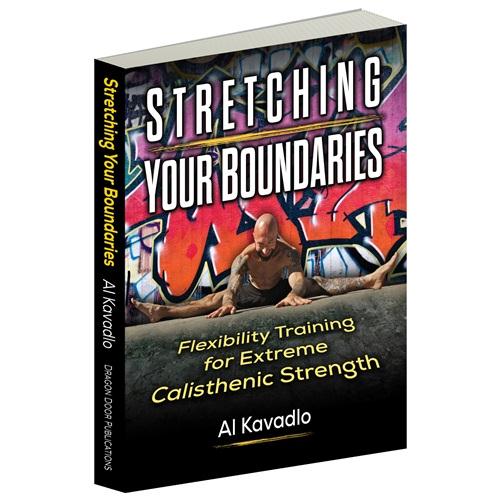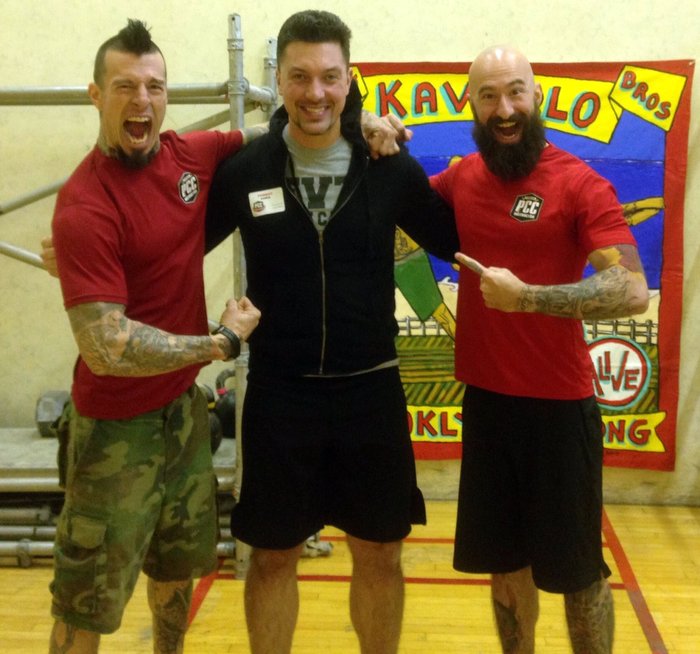
A couple of years ago, cumulative injuries, less time to hit the gym, and just wanting a break from hard lifting motivated me to explore other modes of training to gain functional, healthy strength. I’d been lifting weights for almost 20 years and needed to try something different. The simplicity and practicality of bodyweight training appealed to me, but I always thought that at my size (6’4″ / 245 pounds) advanced calisthenics were out of my reach. If you look around YouTube, I’m a lot bigger than the typical people you see doing this stuff!
Back in my football days (I played college ball and had a short stint in the NFL), bodyweight work WAS a big part of our routine. However, it was mostly conditioning – stuff like jumping jacks and running in place. I had NO idea of how to use bodyweight training for any other type of goals (strength, muscle gain, etc).
I remember searching around on the internet one day and running across one of Al’s YouTube videos. It featured him doing human flags, muscle-ups, and a bunch of other stuff and that’s what led me down the “rabbit hole” of bodyweight exercise.
I went in to PCC Encinitas not knowing what to expect. Watching videos and practicing on your own is one thing, but going to an event like this with dozens of other calisthenics enthusiasts is another. I went in not knowing if I could even DO any of the exercises taught, let alone hang with the gymnast-types I expected to see at the event.
The certification weekend turned out to be one of the best fitness events I’ve EVER attended – and I’ve been to dozens over the 10 years I’ve been in the fitness business full time!
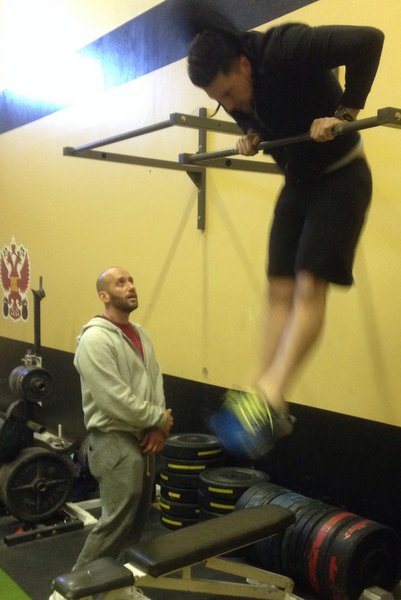
We learned and trained bodyweight exercise for three full days, including:
Push-ups
Pull-ups
Human flags
Muscle ups
Squats
Back bridges
Ab work (everything from L-sits to dragon flags to hanging leg raises)
Front and back levers
Floor levers
Handstands
And MUCH more.
From the staggering amount of new exercises, technique tips, and coaching cues I came away with, to the top-notch instruction from Al and Danny and the rest of the PCC team, to the positive attitude and energy of every single attendee, it was truly an amazing experience.
And my worries about fitting in and being able to hang were gone almost as soon as the event started. Being able to try “basic” versions of exercises like the human flag, muscle-up, dragon flags, floor levers, and many more showed me that these movements ARE possible for a big man. The huge amount of progressions presented showed me that if I put my mind to them, and work consistently on getting better over time, I can make a lot of progress!

Add to that the accepting, positive, encouraging approach of the instructors, and you have probably the most universally applicable training course for a fitness professional that exists. Master this bodyweight stuff and you can train any client, anytime, anyplace, with zero equipment.
I feel a new enthusiasm for training that I haven’t felt in quite a while, really since I discovered kettlebells six or seven years ago. That alone is worth the cost and time of the trip 10x over.
It turns out my fear about my size was really just an excuse I made up in my mind! YOU can do this progressive calisthenics stuff – big or small, young or old, fit pro or just calisthenics enthusiast … make it happen! You’ll be glad you did.
Keep training hard!

***
Forest Vance, PCC, RKC II, is a Master of Science in Human Movement, former professional football player, and currently runs a fitness boot camp and personal training facility in the Sacramento, CA area. Find years worth of free kettlebell and body weight – related articles, videos, and training courses at Forest’s personal blog at http://forestvance.com
